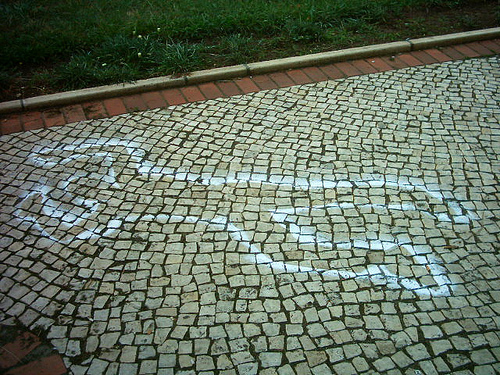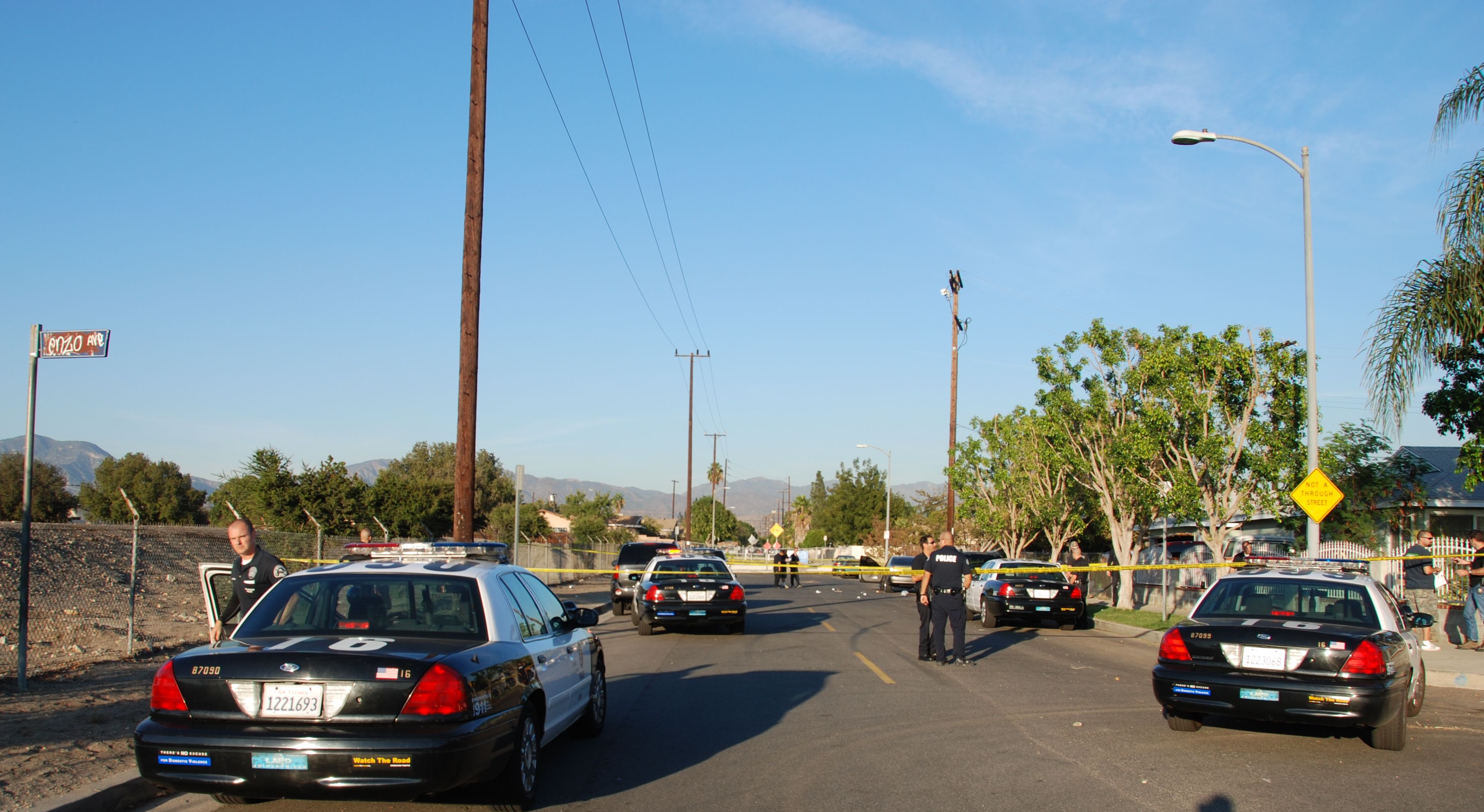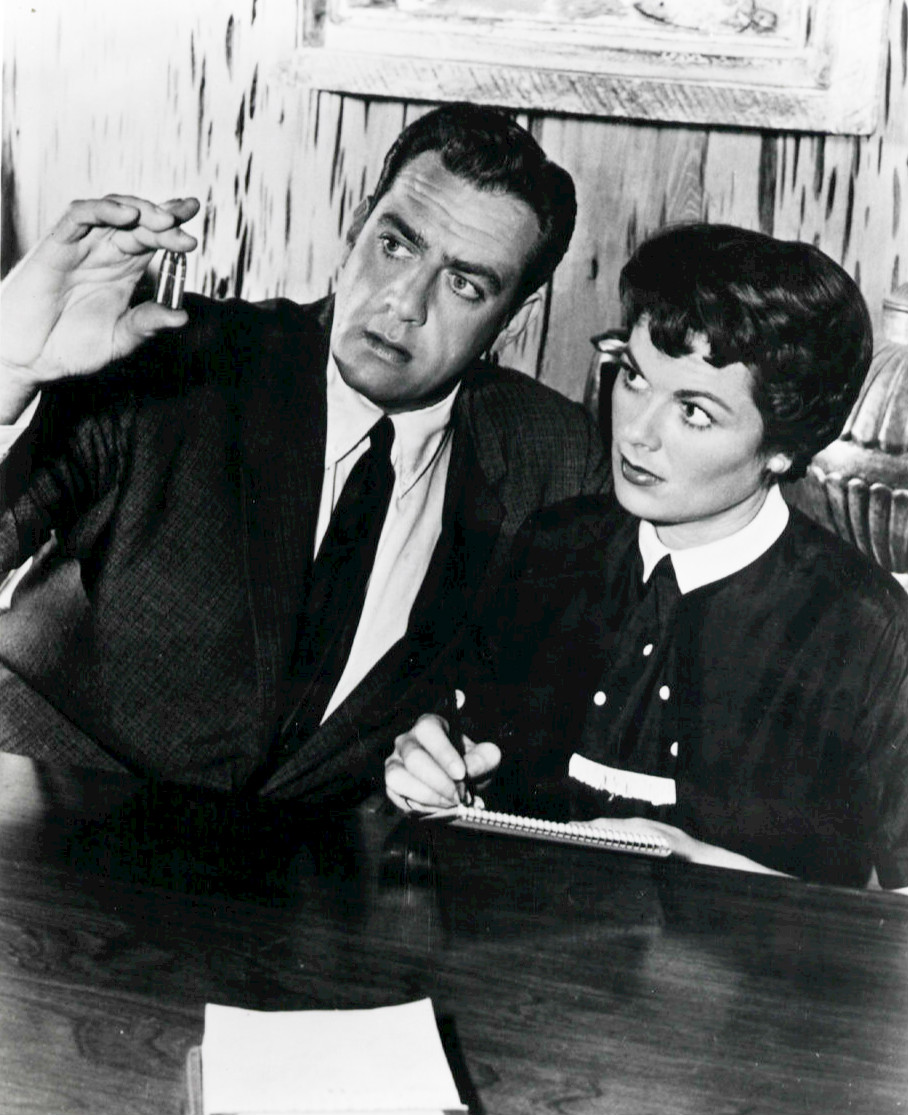|
Chalk Outline
A chalk outline is a temporary outline drawn on the ground outlining evidence at a crime scene. The outline provides context for photographs of the crime scene, and assists investigators in preserving the evidence. Modern investigators almost never use chalk or tape as outlines at a crime scene to avoid contaminating the evidence. Although rare in modern investigations, they have become a literary trope in popular culture. Form Classically, white or bright yellow chalk is used, although some may use paint or white tape. In the case of a body, a chalk outline might be drawn immediately before the body is to be removed, but after the medical examiner has examined the body.John J. Miletich, ''Homicide Investigation: An Introduction'', Scarecrow Press, 2003, 081084625X, page 84-85. Chalk outlines in practice were typically rough shapes of the body's position and did not include specific arms and leg orientation. History and modern use While chalk outlines were occasionally used in ... [...More Info...] [...Related Items...] OR: [Wikipedia] [Google] [Baidu] |
Crime Scene
A crime scene is any location that may be associated with a committed crime. Crime scenes contain physical evidence that is pertinent to a criminal investigation. This evidence is collected by crime scene investigators (CSI) and law enforcement. The location of a crime scene can be the place where the crime took place or can be any area that contains evidence from the crime itself. Scenes are not only limited to a location, but can be any person, place, or object associated with the criminal behaviours that occurred. After a crime scene has been discovered, measures must be taken to secure and protect the scene from contamination. To maintain the integrity of the scene, law enforcement must take action to block off the surrounding area as well as keep track of who comes in and goes out. By taking these precautions, officers can ensure that evidence that is collected can be used in court. Evidence that has become contaminated, tampered with, or mistreated can pollute the scene an ... [...More Info...] [...Related Items...] OR: [Wikipedia] [Google] [Baidu] |
Evidence
Evidence for a proposition is what supports this proposition. It is usually understood as an indication that the supported proposition is true. What role evidence plays and how it is conceived varies from field to field. In epistemology, evidence is what justifies beliefs or what makes it rational to hold a certain doxastic attitude. For example, a perceptual experience of a tree may act as evidence that justifies the belief that there is a tree. In this role, evidence is usually understood as a private mental state. Important topics in this field include the questions of what the nature of these mental states is, for example, whether they have to be propositional, and whether misleading mental states can still qualify as evidence. In phenomenology, evidence is understood in a similar sense. Here, however, it is limited to intuitive knowledge that provides immediate access to truth and is therefore indubitable. In this role, it is supposed to provide ultimate justifications for ... [...More Info...] [...Related Items...] OR: [Wikipedia] [Google] [Baidu] |
Trope (literature)
A literary trope is the use of figurative language, via word, phrase or an image, for artistic effect such as using a figure of speech. Keith and Lundburg describe a trope as, "a substitution of a word or phrase by a less literal word or phrase." The word ''trope'' has also come to be used for describing commonly recurring or overused literary and rhetorical devices, motifs or clichés in creative works. Literary tropes span almost every category of writing, such as poetry, film, plays, and video games. Origins The term ''trope'' derives from the Greek (''tropos''), "turn, direction, way", derived from the verb τρέπειν (''trepein''), "to turn, to direct, to alter, to change". Tropes and their classification were an important field in classical rhetoric. The study of tropes has been taken up again in modern criticism, especially in deconstruction. Tropological criticism (not to be confused with tropological reading, a type of biblical exegesis) is the historical study of ... [...More Info...] [...Related Items...] OR: [Wikipedia] [Google] [Baidu] |
Chalk
Chalk is a soft, white, porous, sedimentary carbonate rock. It is a form of limestone composed of the mineral calcite and originally formed deep under the sea by the compression of microscopic plankton that had settled to the sea floor. Chalk is common throughout Western Europe, where deposits underlie parts of France, and steep cliffs are often seen where they meet the sea in places such as the Dover cliffs on the Kent coast of the English Channel. Chalk is mined for use in industry, such as for quicklime, bricks and builder's putty, and in agriculture, for raising pH in soils with high acidity. It is also used for " blackboard chalk" for writing and drawing on various types of surfaces, although these can also be manufactured from other carbonate-based minerals, or gypsum. Description Chalk is a fine-textured, earthy type of limestone distinguished by its light color, softness, and high porosity. It is composed mostly of tiny fragments of the calcite shells or skeletons ... [...More Info...] [...Related Items...] OR: [Wikipedia] [Google] [Baidu] |
Medical Examiner
The medical examiner is an appointed official in some American jurisdictions who is trained in pathology that investigates deaths that occur under unusual or suspicious circumstances, to perform post-mortem examinations, and in some jurisdictions to initiate inquests. In the US, there are two death investigation systems, the coroner system based on English law, and the medical examiner system, which evolved from the coroner system during the latter half of the 19th century. The type of system varies from municipality to municipality and from state to state, with over 2,000 separate jurisdictions for investigating unnatural deaths. In 2002, 22 states had a medical examiner system, 11 states had a coroner system, and 18 states had a mixed system. Since the 1940s, the medical examiner system has gradually replaced the coroner system, and serves about 48% of the US population. The coroner is not necessarily a medical doctor, but a lawyer, or even a layperson. In the 19th century, ... [...More Info...] [...Related Items...] OR: [Wikipedia] [Google] [Baidu] |
Life Magazine
''Life'' was an American magazine published weekly from 1883 to 1972, as an intermittent "special" until 1978, and as a monthly from 1978 until 2000. During its golden age from 1936 to 1972, ''Life'' was a wide-ranging weekly general-interest magazine known for the quality of its photography, and was one of the most popular magazines in the nation, regularly reaching one-quarter of the population. ''Life'' was independently published for its first 53 years until 1936 as a general-interest and light entertainment magazine, heavy on illustrations, jokes, and social commentary. It featured some of the most notable writers, editors, illustrators and cartoonists of its time: Charles Dana Gibson, Norman Rockwell and Jacob Hartman Jr. Gibson became the editor and owner of the magazine after John Ames Mitchell died in 1918. During its later years, the magazine offered brief capsule reviews (similar to those in ''The New Yorker'') of plays and movies currently running in New York City, b ... [...More Info...] [...Related Items...] OR: [Wikipedia] [Google] [Baidu] |
The Naked Gun
''The Naked Gun'' media franchise, also known as ''Police Squad!'', consists of several American crime spoof-comedies, based on an original story written by the comedy filmmaking trio Zucker, Abrahams and Zucker. The installments include one television series, and three theatrical films. The plot centers around a police detective with a lot of heart, despite being less-than intelligent. Leslie Nielsen stars in each installment in the protagonist role of Det. Sgt. Franklin "Frank" Drebin, with a fourth film starring Liam Neeson as Frank Drebin Jr. in active development as of 2022. The franchise was met with mostly positive critical reception, and the films were a financial box office success. As of 2021, Seth MacFarlane is developing a sequel. Television ''Police Squad!'' (1982) An American crime spoof-comedy television series that was broadcast through the American Broadcasting Company (ABC) network in 1982. The series starred Leslie Nielsen in the first franchise installmen ... [...More Info...] [...Related Items...] OR: [Wikipedia] [Google] [Baidu] |
Perry Mason (1957 TV Series)
''Perry Mason'' is an American legal drama series originally broadcast on CBS television from September 21, 1957, to May 22, 1966. The title character, portrayed by Raymond Burr, is a Los Angeles criminal defense lawyer who originally appeared in detective fiction by Erle Stanley Gardner. Many episodes are based on stories written by Gardner. ''Perry Mason'' was one of Hollywood's first weekly one-hour series filmed for television, and remains one of the longest-running and most successful legal-themed television series. During its first season, it received a Primetime Emmy Award nomination for Outstanding Dramatic Series, and it became one of the five most popular shows on television. Burr received two Emmy Awards for Outstanding Lead Actor in a Drama Series, and Barbara Hale received an Emmy Award for Outstanding Supporting Actress in a Drama Series for her portrayal of Mason's confidential secretary Della Street. ''Perry Mason'' and Burr were honored as Favorite Series and F ... [...More Info...] [...Related Items...] OR: [Wikipedia] [Google] [Baidu] |


%2C_Western_Negev%2C_Israel.jpg)


